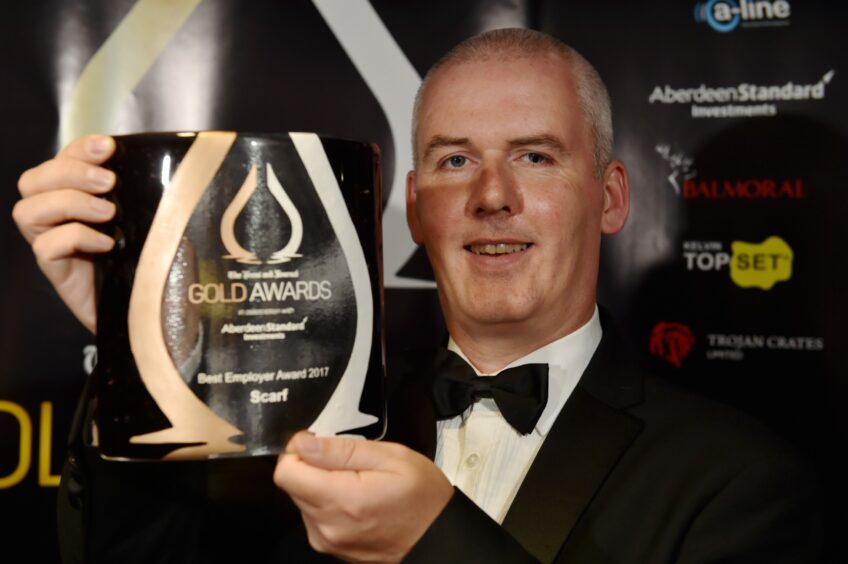I was chief executive at Scarf but more recently I have written a book called The Buddhist CEO, which will be published by Koehler Books in December.
In 2014 I was honoured to become the CEO at Scarf, the social enterprise that supports businesses and individuals across the north-east.
I believed then and still believe now that Scarf is a special organisation that does tremendous work throughout the north-east.
Surprisingly, despite Scarf having been around since 1985, some people are still unaware of our work.
Scarf delivers a range of different services that tackle fuel poverty, promotes energy efficiency in people’s homes, and supports sustainability and the reduction of carbon emissions. Amazingly, most of Scarf’s services are free.
Not only does Scarf do amazing work, but it has genuinely tried to create a workplace culture that is ambitious and also treats its employees with care and compassion.
In six of my seven years as CEO, Scarf was listed in the prestigious Sunday Times Top 100 Companies to Work for in the UK. Not bad for a north-east company with 60 staff.
Scarf has also previously won the award for best company to work for at the Gold Awards, and the award for best employee engagement at the Northern Star Business Awards.
Making the best of an unexpected retirement
Unfortunately, I had to take early retirement due to ill-health in 2021. This was unexpected to me and Scarf.
I am fortunate that I experienced Scarf’s assistance and support at every turn of my journey. Although I had to step down as CEO, I was delighted they asked me to join the board and I also became vice-chairman of subsidiary Scarf Enterprises Scotland.
This got me thinking about sustainability in its widest sense. What about the sustainability of ideas, staff, people and workplace culture. I was now retired but I didn’t want to do nothing. That is just not in my nature.
An idea started to formulate in my mind about a book – the idea of The Buddhist CEO was born.
One of the great pleasures of being CEO at Scarf was that I got to meet senior staff from all across the north-east and beyond. I got to know some of them well and I relished the conversations we had.
There were common themes that emerged from these conversations that began to fascinate me and inform the ideas for my book.
I found all senior leaders to be passionate about what they did. All of them wanted to be a success and make a difference to their organisation, and find ways to deliver better services and products. There was a spark and energy about them all that I admired.
Most of the leaders I met were often highly moral in character. They knew their personal values and their companies’ values, and tried to live by them.
The other side of leadership
I often felt enthused just by being around such people. But I also saw first-hand the strain leaders were under – the pressures of the job leading to stress and potentially damaging their health to a greater or lesser degree.
Often this side of leadership is not addressed fully or even talked about openly. It can seem the leader is all-conquering and impervious to criticism and stress, when really, they are just human like the rest of us.
This inspired my book, which tells the tale of a leader who has his own Buddhist beliefs. He aims to apply them to his CEO role in Aberdeen, and lead like a Buddhist CEO. This helps him transform his company. On the face of it, my main character is a great success.
But he experiences inner turmoil as he deals with the challenges of his role and the book follows his reflections on how he tries to lead like a Buddhist CEO. He thrives on the highs of making the impossible work, but he despairs at the difficult staffing issues he encounters and struggles with pressures to continually deliver.
His leadership journey is far from easy.
Can he balance the two seemingly incompatible worlds of being a CEO and a committed Buddhist?
The Buddhist CEO will be available on Amazon from December 13.
Thane Lawrie is a board member and former chief executive at social enterprise Scarf.


Conversation